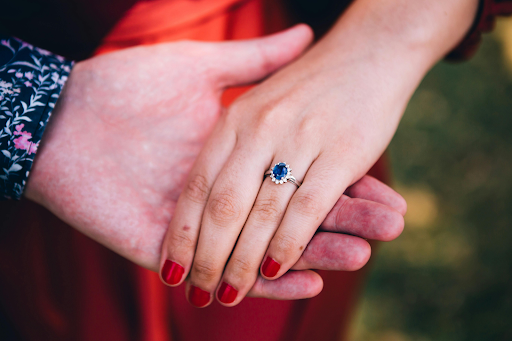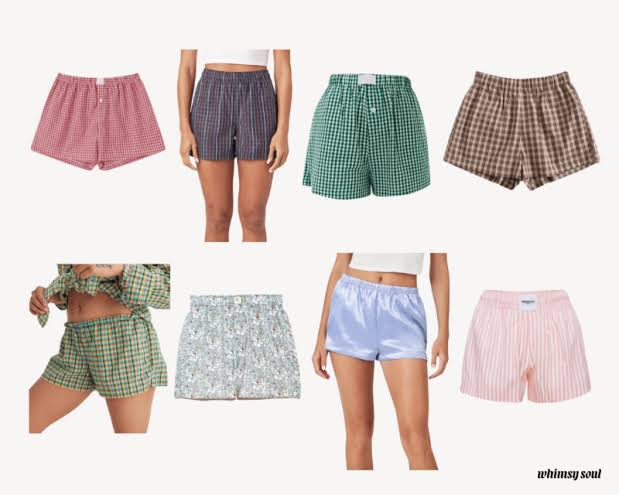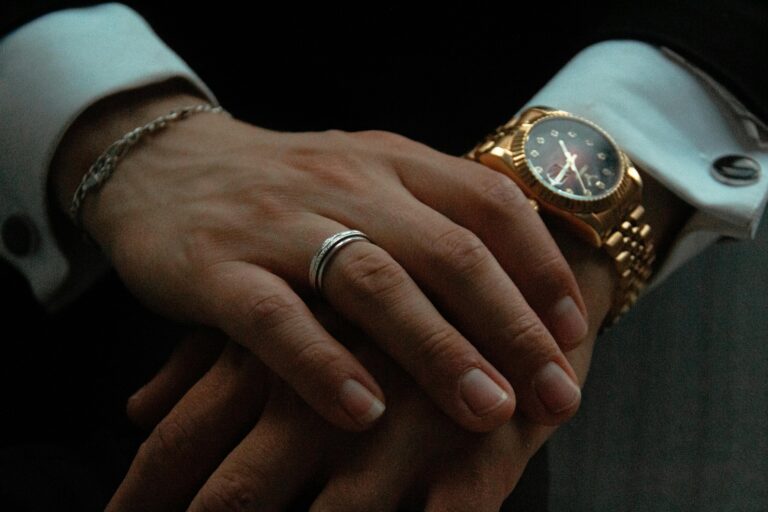
Printing
Table of Contents
- Introduction to T-Shirt Design
- The Importance of a Creative Concept
- Choosing the Perfect Color Palette
- Utilization of Different Design Tools
- Design Principles for Impactful T-Shirts
- Exploring Various Printing Techniques
- Common Pitfalls and How to Avoid Them
- Real-Life Examples of Successful T-Shirt Designs
Introduction to T-Shirt Design
T-shirt design is an art form that merges creativity, personal expression, and market appeal. It can convey messages and emotions while appealing to diverse audiences. Whether designing for personal satisfaction or commercial success, each t-shirt starts with an idea to make a difference in the fashion world. Modern technology, such as the white toner printer, expands the boundaries of creativity, offering versatile solutions that were once unimaginable.
However, the allure of t-shirt design extends beyond the mere act of printing on fabric. It encourages innovation in both conceptualization and execution. Both novice and experienced artists find themselves exploring new materials and techniques, making every design a garment and a statement piece. This article unravels the essential elements required to embark on a successful t-shirt design journey, guiding readers from conceptualization to the finishing touches.
The Importance of a Creative Concept
A solid creative concept is the cornerstone of any successful design, serving as the guiding vision throughout the design process. Understanding the target audience and what resonates with them is crucial for developing a design that captures their interest. Utilizing creative thinking strategies can help unleash potential and reveal fresh perspectives. Such strategies include mind mapping to explore associative thinking, prompting ideas that might not surface in linear scenarios.
Furthermore, a compelling concept benefits the design and sets it apart in a saturated market. When the design narrative aligns with the audience’s interests and values, it encourages emotional connections, transforming a simple T-shirt into a beloved piece. Therefore, investing time in the ideation phase can lead to creating a visually appealing and impactful design.
Choosing the Perfect Color Palette
Color is a critical component in t-shirt design, playing a significant role in influencing emotions and perceptions. Different colors and combinations convey various messages, from excitement and energy to calmness and reliability. Knowledge of color theory and its effects provides a strategic advantage in selecting a palette that emphasizes the intended message and enhances the overall design aesthetic.
Designers often employ color psychology to make informed choices on how hues interact with the viewer’s psyche. This includes using contrasting colors to create visual interest or analogous colors for harmonious and cohesive designs. Experimentation with different palettes can further personalize a design, make it more distinctive, and ensure it captures attention effectively on a crowded shelf.
Utilization of Different Design Tools
Advanced design tools have democratized the t-shirt design process, allowing anyone with an idea to create stunning garments. Adobe Illustrator remains a favored choice for professionals due to its robustness and versatility, while tools like Canva offer user-friendly interfaces for beginners. Meanwhile, open-source options like GIMP provide powerful editing features at no cost, increasing accessibility for aspiring designers.
Choosing the right tool depends on the level of detail and the type of graphic one wishes to create. With the digital resources available, one can experiment with textures, patterns, and even custom typography that can elevate a design from good to exceptional. Embracing these tools allows designers to refine their skills continuously, pushing the boundaries of their designs’ achievements.
Design Principles for Impactful T-Shirts
Adhering to design principles significantly influences the effectiveness and aesthetic appeal of a t-shirt design. Balance is crucial for creating visual stability, ensuring that no one element overwhelms another. By leveraging contrast, designers can draw attention to focal points, making them stand out distinctly.
Furthermore, proper alignment brings coherence and structure to the composition, enhancing its clarity and readability. Together, these principles help designers create pieces that attract and communicate well. By consistently applying design principles, one ensures that the t-shirt design is functional and visually impressive, capable of leaving a lasting impression.
Exploring Various Printing Techniques
Printing techniques are pivotal in transforming a conceptual design into a tangible product. Each method offers distinct advantages, from the vibrant and durable finishes of screen printing to the fine detail and rapid digital printing turnaround. Transfer techniques using devices such as white toner printers offer unmatched flexibility in design placement and substrate compatibility, making them ideal for personalized and small-batch orders.
Choosing the proper technique depends on budget, desired output, and fabric type. Understanding the qualities of each method empowers designers to make informed decisions, ensuring that the final product aligns with the original vision’s quality and aesthetic goals. By tailoring the printing process to each project, designers can better cater to their specific needs and preferences, reducing errors and enhancing satisfaction.
Common Pitfalls and How to Avoid Them
The path to creating successful t-shirt designs is riddled with potential pitfalls that can mar the quality of the final product. Low-resolution images can lead to pixelation, while inappropriate color combinations clash instead of complementing each other. One of the most effective ways to avoid these mistakes is by maintaining a high standard during each phase, from design to execution.
To mitigate these risks, designers can conduct thorough testing and prototyping, seeking feedback before mass production. Consistently reviewing and refining the design also plays a crucial role in enhancing the quality. Such diligence ensures that the design translates well into the physical form and meets aesthetic and functional expectations.
Real-Life Examples of Successful T-Shirt Designs
Throughout fashion history, numerous t-shirt designs have stood out as icons, transcending trends to become timeless. Legendary band tees from bands like the Rolling Stones and Nirvana demonstrate how simplicity and striking imagery can create enduring legacies. These designs resonate due to their ability to tap into cultural moments, establishing an emotional connection with audiences.
By analyzing what makes these examples successful, designers can glean insights into striking the balance between uniqueness and universality. Their deep understanding of audience preferences, combined with skilled execution, illustrates how creativity and strategy come together to produce pieces that don’t just wear well but also tell compelling stories.
Keep an eye for more news & updates on WellKnownFigure!






